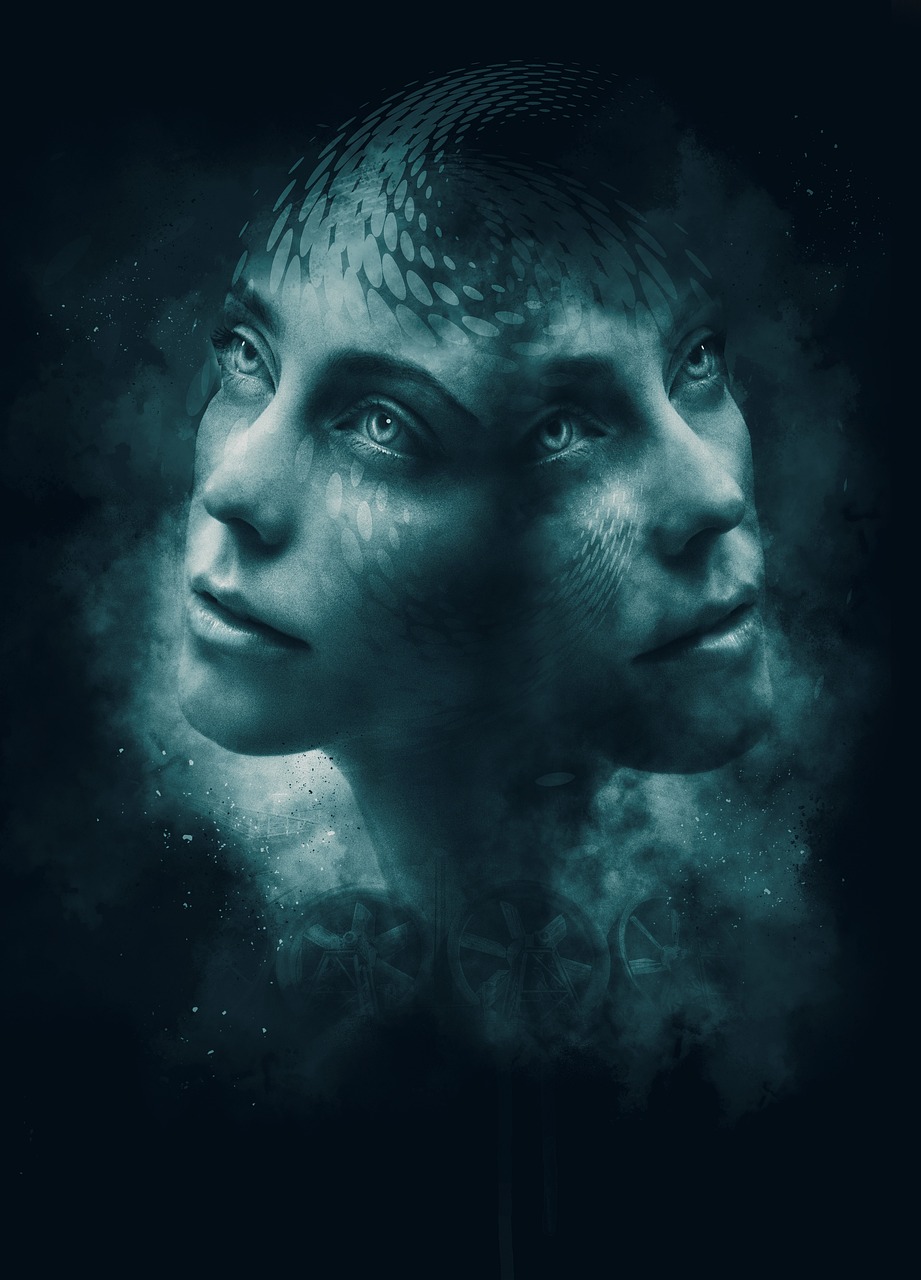The concept of Duality is one that philosophers and spiritual seekers have explored for centuries. It is the idea that the universe consists of opposing forces, such as good and evil, light and darkness, male and female. While Duality is seen in all aspects of life, it is most evident in the human experience. We are all constantly torn between competing desires, values, and beliefs.
Non-duality, on the other hand, is the idea that there is only one underlying reality. It is a state of consciousness where the separation between the individual and the universe is dissolved. In non-duality, there is no good or evil, light or darkness, male or female. There is only one infinite and indivisible consciousness.
This essay will explore the history and meaning of Duality and non-duality and compare and contrast the two concepts. We will also examine how to apply Duality and non-duality to our everyday lives.
The History of Duality
The concept of Duality can be traced back to the ancient Vedas of India. In the Vedas, the universe is seen as being made up of two opposing forces: Purusha (spirit) and Prakriti (matter). Purusha is pure consciousness, while Prakriti is the realm of change and manifestation.
The idea of Duality also played an important role in Greek philosophy. Plato, for example, believed that the world is divided into two realms: the realm of Forms and the realm of appearances. The realm of Forms is the realm of pure ideas and essences. In contrast, the realm of appearances is the world of physical objects and phenomena.
In Christianity, Duality is expressed in the opposition between good and evil, God and the Devil. This opposition is also reflected in the Christian concept of sin. Sin is seen as separation from God, and it is only through redemption that separation can be healed.
The Meaning of Duality
Duality is a complex concept with many different meanings. On one level, Duality is seen as a way of understanding the world around us. By dividing the world into opposites, we can make sense of the diversity and complexity of our experience.
On another level, Duality is seen as a reflection of our inner state of being. We are all made up of good and evil, light and darkness, male and female. The challenge of life is to integrate these opposing forces and to live in a balanced and harmonious way.
The History of Non-Duality
The concept of non-duality is also ancient. It is found in the Upanishads of India, a collection of philosophical and spiritual texts dating back to around 800 BCE.
In the Upanishads, the concept of non-duality is in the Sanskrit word Brahman. Brahman is the ultimate reality, which is beyond all description and categorization. It is the only thing that exists.
The concept of non-duality is also found in Buddhism, expressed in the doctrine of Anatta (no-self). Anatta teaches that there is no permanent or unchanging self. The self is simply an illusion created by the mind.
In Taoism, the concept of non-duality is seen in the Yin and Yang symbol. The Yin and Yang symbol represents the two opposing forces of the universe: perfect balance and harmony.
The Meaning of Non-Duality
Non-duality is the idea that there is only one underlying reality. It is a state of consciousness where the separation between the individual and the universe is dissolved. In non-duality, there is no good or evil, light or darkness, male or female. There is only one infinite and indivisible consciousness. Non-duality is not a concept that someone can fully understand intellectually. It is a state of being that can only be experienced directly through meditation and other spiritual practices.
Duality and Non-Duality in Comparison
Duality and non-duality are two very different ways of understanding the universe and our place in it. Duality sees the world as being made up of opposing forces. In contrast, non-duality considers the world as being one indivisible whole.
Duality is a useful way of understanding the world, but it is also a limiting view. Duality can lead to conflict, division, and separation. Non-duality, on the other hand, offers a vision of unity, harmony, and peace.
Duality and Non-Duality in Everyday Life
The concepts of Duality and non-duality can be applied to all aspects of our everyday lives. For example, we can experience Duality in our relationships with others. We may find ourselves drawn to some people and repelled by others. We may also find ourselves in conflict with others from time to time.
Duality of Hermeticism
The Duality of Hermeticism is the idea that everything in the universe has two opposing forces. These forces are not necessarily good and evil but complementary and necessary for each other’s existence. Some examples of Duality in Hermeticism include:
- Male and female
- Light and darkness
- Good and evil
- Mind and Matter
- Spirit and matter
- Above and below
- Within and without
Hermeticism teaches that these opposing forces are not separate but two sides of the same coin. They are complementary and necessary for each other’s existence. For example, light cannot exist without darkness, and good cannot exist without evil. The Duality of Hermeticism is also in the Hermetic principle of polarity. This principle states that “everything has its pair of opposites; everything has two poles; everything has its pair of opposites; like and unlike are the same; opposites are identical in nature but different in degree; extremes meet; all truths are but half-truths; all paradoxes may be reconciled.”
The Duality of Hermeticism is a complex concept, but one can apply it to all aspects of our lives. By understanding the Duality of the universe, we can better understand ourselves and our place in the world.
Here is a short example of how the Duality of Hermeticism can be applied to our everyday lives.
We all experience both positive and negative emotions. These emotions are not separate but rather two sides of the same coin. For example, love and hate are two sides of the same coin. We cannot experience one without the other.
The Duality of Hermeticism teaches us that we should accept all of our positive and negative emotions. We should not try to suppress or deny our negative emotions. Instead, we should learn to understand and integrate them into our lives. By understanding the Duality of Hermeticism, we can live more balanced and harmonious lives.
Of course, Duality is a personal belief. Duality or non-duality is up to you. Some of us think that Duality is a construct of man, trying to create order in a chaotic world. Others believe that dualism is how God created the universe. Man is always trying to comprehend our world, and many beliefs are a way to make peace with one’s mind. Then others do not believe in Duality. Many Buddhists do not believe in dualism. Also, the Unitarian Universalists do not embrace dualism.






One comment on “Duality and Non-Duality”